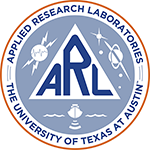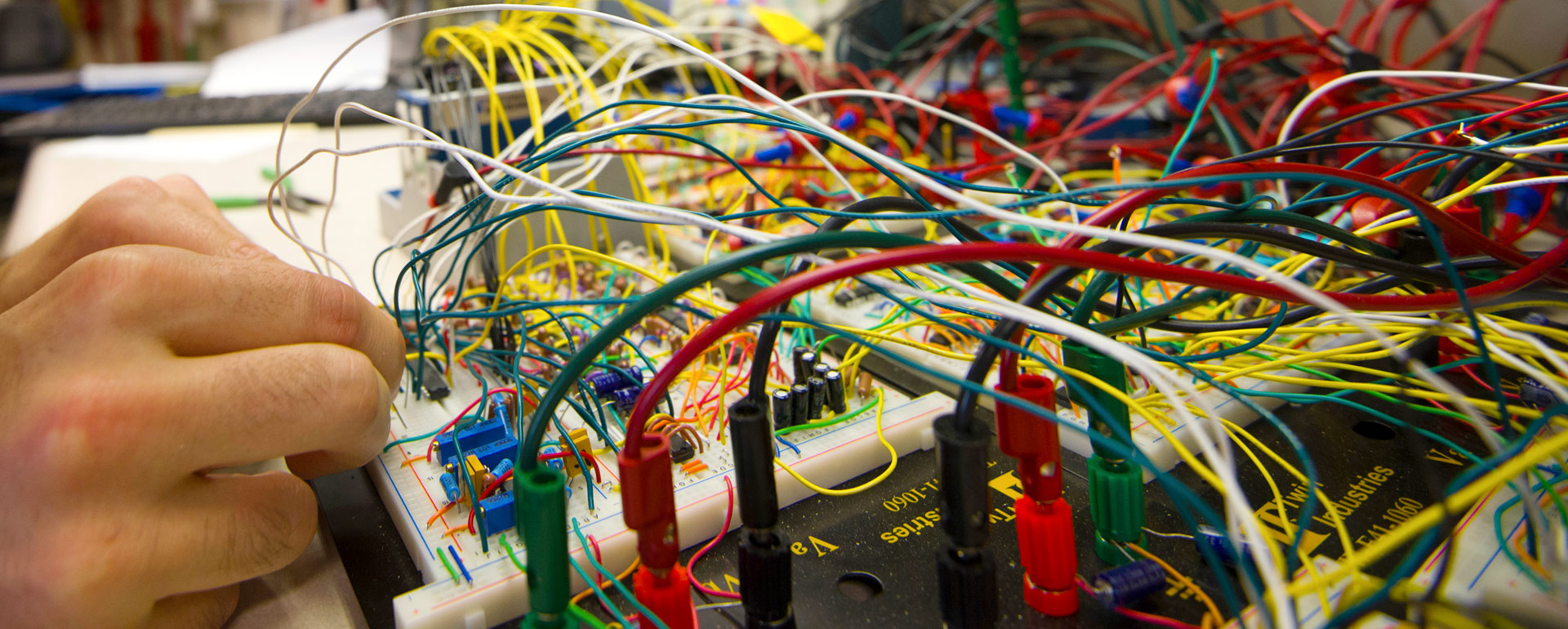Research
The ARL:UT Center for Quantum Research explores the boundary between classical and quantum phenomena in physical systems with the goal of developing new technologies in the field of quantum information science. To do this, we carefully examine the conceptual and operational foundations of quantum theory, with the resulting insights leveraged to develop next-generation quantum technology.
Quantum foundations
Despite the many technological advances since the early days of quantum mechanics, the quantum realm still holds a degree of mystery and challenge for our classical intuition. Due to the capabilities of current state-of-the-art technology to manipulate and control nanoscale systems, many of these foundational questions, previously only thought experiments with no practical interest, have become experimentally accessible and technologically relevant. Because of this, the study of quantum foundations has taken a central role in the practical development of new quantum technologies. For example, the security of a quantum communication network may rely upon a loophole-free test of quantum nonlocality. The center’s various activities have the common theme of seeking a more fundamental understanding of quantum phenomena and using this insight for practical applications.
Quantum computing
Quantum computing is believed to be the next big breakthrough in computing technology, with applications in cybersecurity, data mining, and optimization. While a digital computer can only represent and process a single binary state, a quantum computer could effectively represent and process all possible binary states at once, thereby providing a significant computational advantage. Under funding from ARL:UT and the Office of Naval Research, the center is researching novel extensions of quantum computing that use classical analog electronics to emulate classically this quantum parallelism. This approach takes advantage of the inherent parallelism of an analog computer, much like that of a true quantum computer, but may be more practical to build. Subject to bandwidth restrictions, any quantum state, including entangled states, can be represented in this manner.
Quantum cryptography
Modern electronic communication relies on public key encryption for security, but with sufficient computational resources, any such method can, in theory, be defeated. A randomly generated one-time code pad would provide truly unbreakable security, but the difficulty lies in how to share the key between parties. Quantum key distribution (QKD) provides a method for generating and sharing keys in such a manner that any eavesdropping can be readily detected, thereby guaranteeing secure communication. Unfortunately, hardware implementations fall short of the theoretical idealizations, opening possible vectors of attack. Researchers at CQR are investigating novel approaches to QKD using recent developments in the theory of quantum measurement, such as weak values, in order to create new truly secure communication protocols that can overcome practical limitations and performance barriers of traditional approaches.






